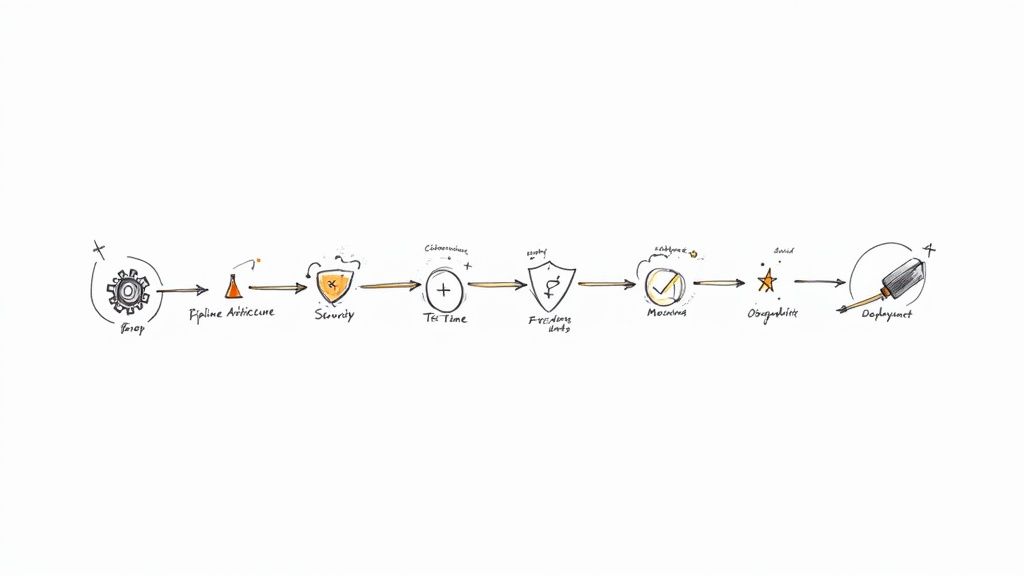The 7 Best CI/CD Tools in 2021
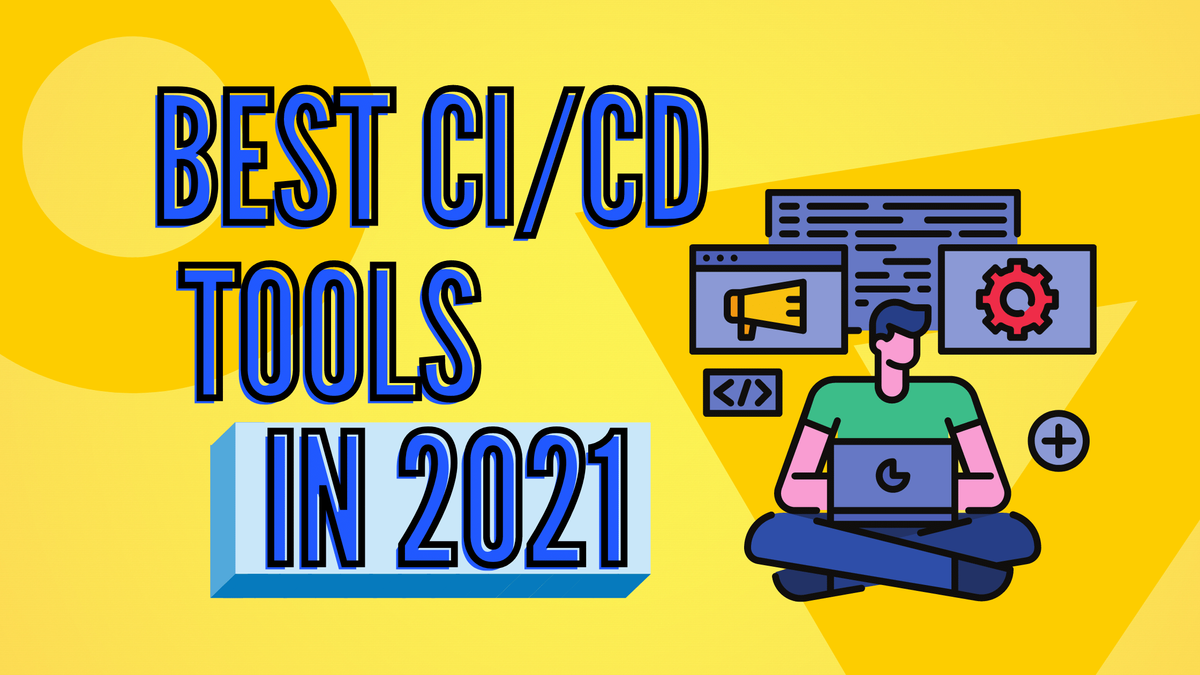
CI/CD tools can take your team to the next level of automated efficiency, effectively eliminating the need to manually test and review new features before they are merged with your main codebase and delivered to production environments. However, choosing the best option for your team takes careful planning.
Below, we cover the essential details you should know before choosing your team's CI/CD pipeline tools, plus three tools you should consider.
How to choose the best CI/CD tools
There are many tools to choose from in the CI/CD space, but they tend to be tailored for specific purposes. To choose the right option, you should have a working understanding of the differences between CI and CD tools in the first place.
CI automation tools
Continuous integration or "CI" tools make it possible for developers to merge new features and code into their project's codebase more often. Whenever code is passed into a given codebase, a CI suite subjects it to a series of tests meant to single out potential problems well before they reach the deployment stage.
CD tools
CD can mean one of two fairly different things. Namely, your team's CD could be "continuous delivery" or "continuous deployment." Understanding the key difference between these two processes is essential to help you decide which CD tools have the feature set your team actually needs.
Continuous delivery is meant to enhance the continuous integration process by streamlining release procedures. Generally, teams use continuous delivery to push updates out in smaller increments and at a much faster pace than they would otherwise find practical. In practice, this takes the form of code consistently being ready for production and deployment friction being reduced to a merge button click. Continuous delivery tools make this easier by providing built-in automation for key phases of the deployment process and simplifying internals as much as possible.
Continuous deployment differs from the above optimization by further automating the DevOps process. Instead of stopping at making code easy to deploy, continuous deployment tools take it to the next level, actually deploying code that has passed all prior checks and validation phases so that customers are given access to it as soon as possible.
Choosing between these two types of CD solutions comes down to knowing what works best for your team. If you need a manual trigger to help separate development and deploying processes, then continuous delivery options will serve you well. Otherwise, continuous deployment tools will be best for your use case.
CI/CD tools list

1. GitHub Actions
GitHub Actions is an event-driven automation tool that is automating tasks to reduce the actions necessary for your code by creating a workflow. This means that you can configure it for GitHub to run some commands after certain events, automatically. For instance, every time a pull request is created, for a repository, GitHub Actions automatically run a command that executes a software testing script, according to your preferences.
A common use case for Actions is automated continuous integration and deployment, and you may ask if you need to know yet another CI/CD tool, or which is better. GitHub Actions is much more than a CI/CD tool. You can use it to automate any task based on any event related to your GitHub project. They can be events related to GitHub Issues where you want to automatically triage issues and label them or block pull requests that reference no existing issues.
2. CircleCI
This CI/CD solution comes with a set of features that are similar to what Jenkins offers, but there are additional benefits such as FedRAMP certified and SOC 2 Type II compliant security measures. CircleCI is also capable of handling continuous deployment processes as needed, automating your code's deployment to multiple environments at once.
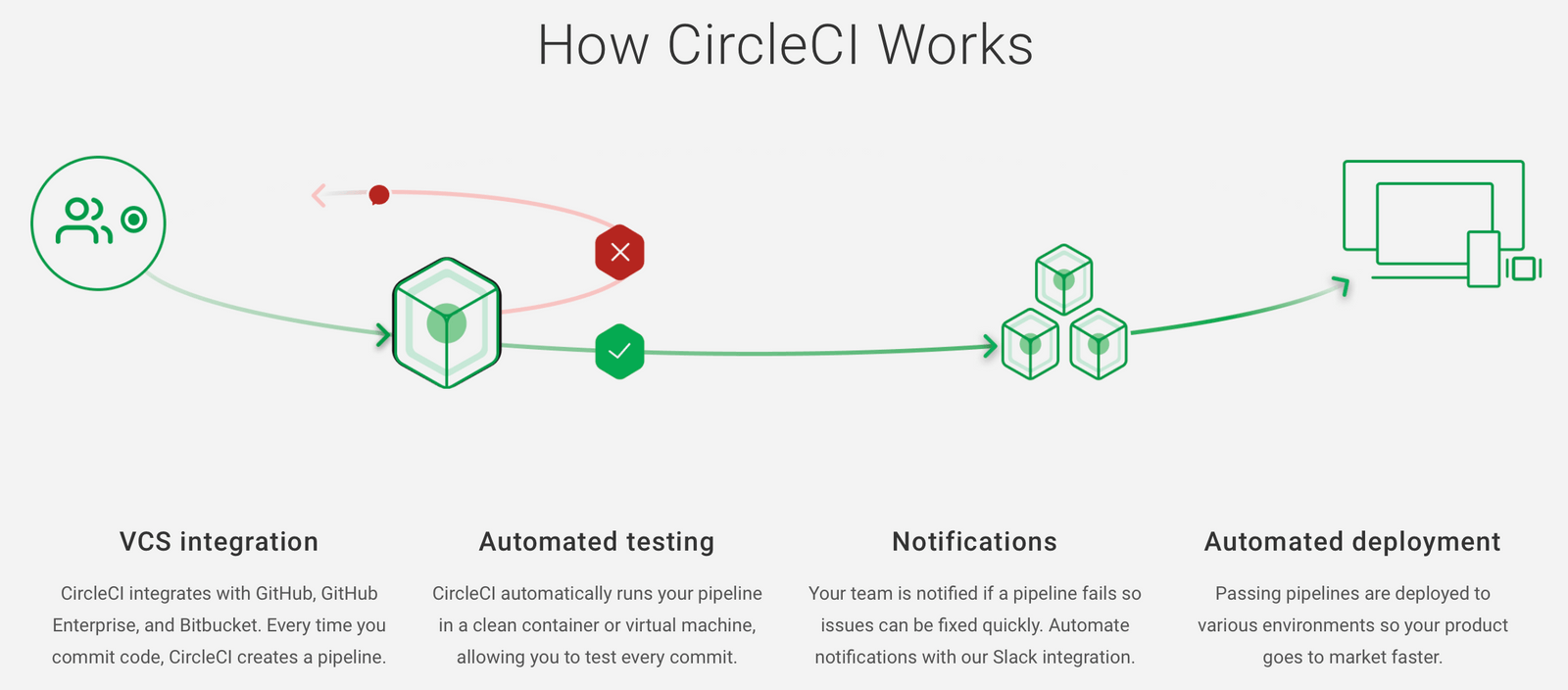
In addition to running in your local development environment, CircleCI provides a customizable cloud-based solution fit for fast and performant process automation. This can help your team to scale operations without incurring as much of an upfront cost. Powerful, custom-caching functionality is available as well, potentially reducing your project's build times by quite a bit without negatively impacting quality.
3. Harness
Harness offers all of the same benefits as CircleCI, plus its own unique features, such as a continuous verification module currently in the works. With this, teams should be able to count on an AI-enhanced monitoring service to keep tabs on their deployments as they are pushed.
As a service, Harness is designed to be relatively vendor-agnostic, making integrations easy to deal with. It is also usable both within your local build environment as well as through a cloud-based SaaS (software as a service). A particularly useful feature that might set Harness apart for some teams is its ability to automatically generate deployment scripts using templates. This can potentially save your team a lot of time on scriptwriting and troubleshooting.
4. Gitlab
GitLab is The DevOps Platform, delivered as a single application. GitLab offers a location for online code storage and capabilities for issue tracking and CI/CD. The repository enables hosting different development chains and versions and allows users to inspect previous code and roll it back in the event of unforeseen problems.
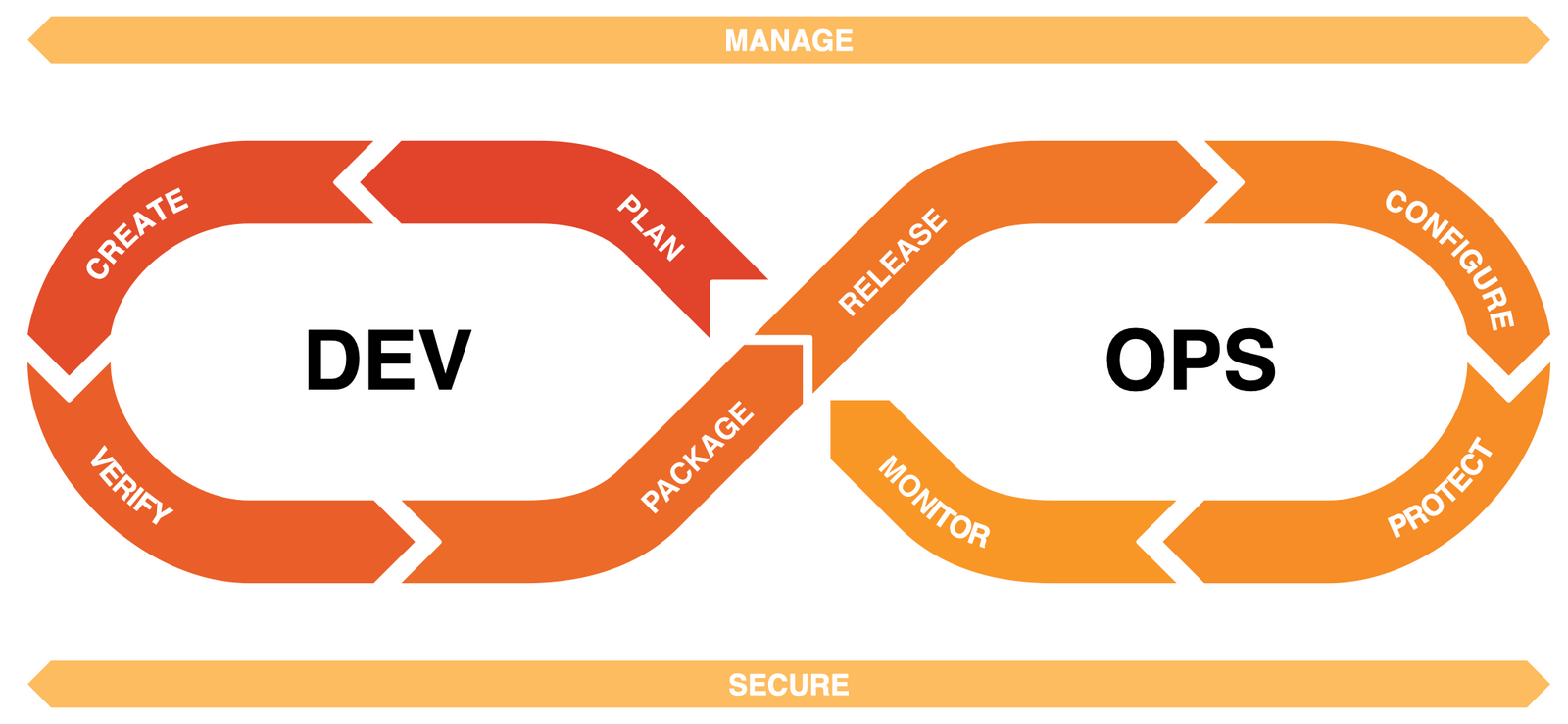
GitLab is a competitor to GitHub, the code repository that hosts Linux or Python development, among many other projects. Because GitLab is developed on the same Git version control system, it functions very similarly for source code management. GitLab provides end-to-end DevOps capabilities and for each stage of the software development lifecycle.
5. Azure DevOps
Azure DevOps is a single platform that helps every software development team design ventures utilizing the Agile process, oversee code utilizing Git, test the application, and deploy code using the CI/CD framework. Here are DevOps services:
- Azure Board is basically used for planning, tracking for Work Items, Backlog, and Sprints. Inside the Azure board, we can create workflows, issue types, epic, and many other components of ALM (Application Lifetime Management).
- Azure Repos is a place where we can create, manage and store versions of our codebase. We can use it for code review and other version control functionality.
- Azure Pipeline is one of the automation processes of DevOps which allows us to create a build, release, test, and deploy on the target machine. Azure pipeline is the combination CI/CD.
- Azure Artifacts helps us to create, host, manage and share packages across the team.
- Azure Test Plans support advanced test management solutions for customer feedback, UAT, Automation testing, and manual testing.
6. TeamCity
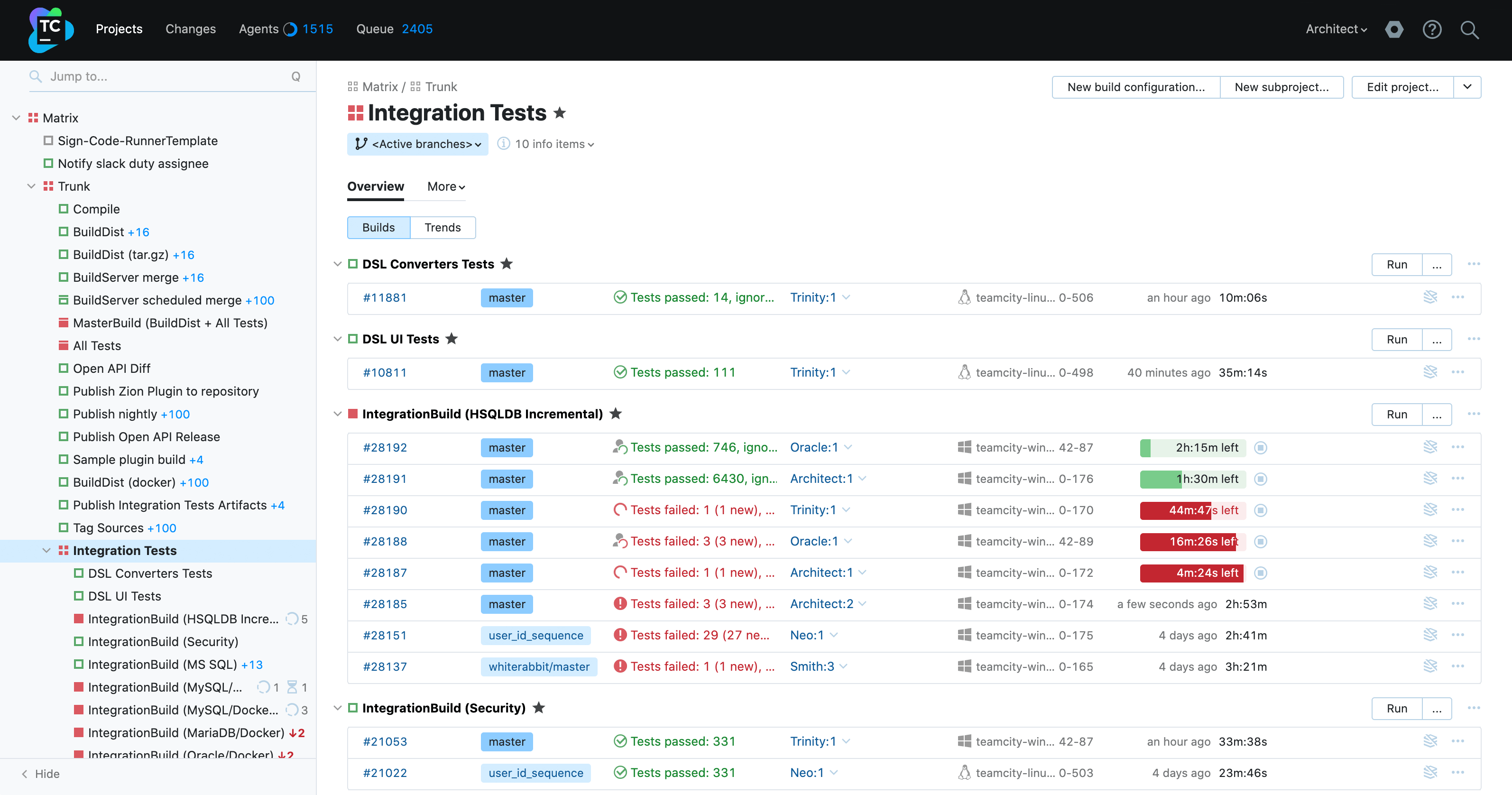
TeamCity is designed to help you follow the best practices of CI. With its ability to download artifacts from another build configuration, for example, TeamCity enables you to follow the approach of build once and deploy everywhere. TeamCity is feature-rich and flexible enough to allow you to follow the practices that suit your team and your needs the best.
It can detect changes in version-control repositories and trigger builds whenever new code is checked in. TeamCity can be configured to perform the build activities, which include the compilation of source code, running unit tests and integration tests, deploying the built executables into a testing environment to perform functional tests, and exposing artifacts for downloads.
7. Octopus
Octopus Deploy makes it easy to automate your deployments and operations runbooks from a single place, helping you ship code faster, improve reliability, and break down dev & ops silos. Deployment is not the last step of your CI process; it's the first step of your application's lifecycle in production. Octopus integrates with your favorite CI server and adds powerful deployment & ops automation capabilities.
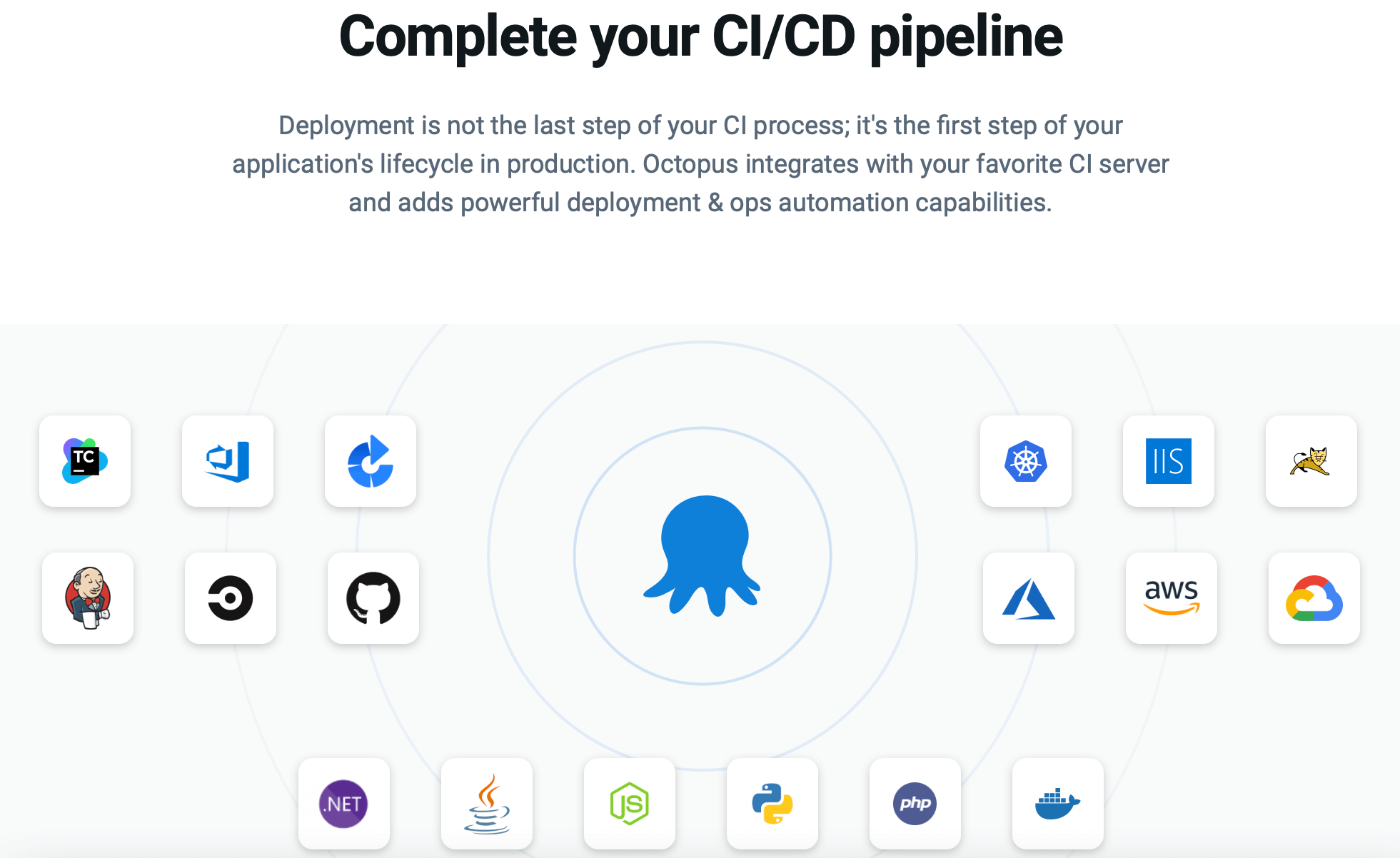
Octopus Deploy organizes your deployment targets into groups called environments. With Octopus Deploy, your deployment targets can be Windows servers, Linux servers, Microsoft Azure, AWS, Kubernetes Clusters, Cloud Regions, or even an offline package drop. Organizing your infrastructure into environments lets you define your deployment processes and have Octopus deploy the right versions of your software, with the right configuration, to the right environments at the right time.
Mergify is a great addition to your CI/CD solutions toolbox 👍🏻
Choosing a powerful CI/CD platform can make many aspects of your build process more manageable, enabling your team to tackle more complex challenges without getting tangled up in too many manual quality-control steps. But to make the most of such solutions, it helps to have access to better merging features as well. Mergify makes every aspect of merging more manageable, providing you with the tools you need to deal with a bulging merge queue, review assignments, onboarding, and so much more. Take a look at our features to find out where Mergify fits into your CI/CD workflow.


